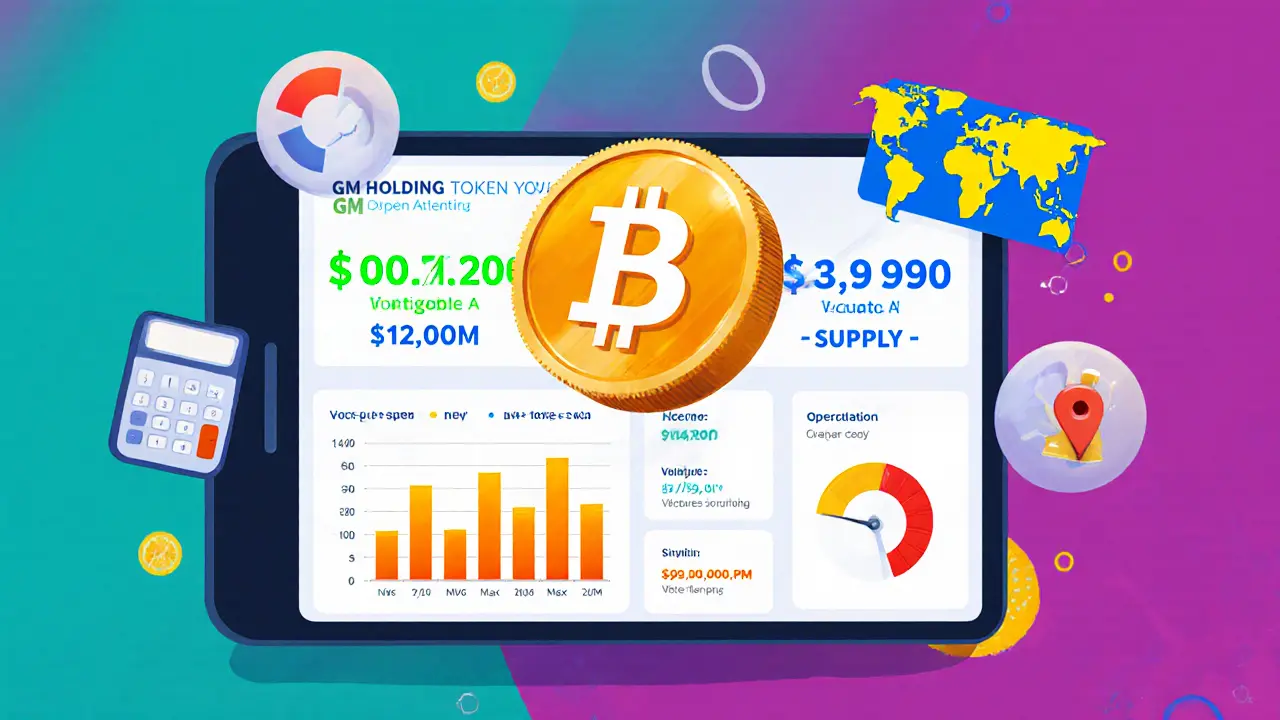When working with Waves platform, a blockchain ecosystem that lets anyone launch custom tokens, run decentralized apps, and trade assets on its built‑in exchange. Also known as Waves, it enables fast token issuance and low‑fee transactions, you instantly tap into a network designed for speed and flexibility. Decentralized exchange (DEX), the peer‑to‑peer trading layer built into Waves gives users a place to swap tokens without a middleman, while smart contracts, self‑executing code that runs on the Waves chain add programmable logic to any token. In simple terms, Waves platform encompasses token issuance, supports a decentralized exchange, and leverages smart contracts to automate token behavior. These three pieces work together: token issuance creates assets, the DEX provides liquidity, and smart contracts enforce rules like vesting or voting. The result is a self‑contained ecosystem where creators can launch a token, set up a market, and embed advanced features without leaving the network.
One of the biggest draws for developers is Waves' token issuance engine. You can mint a token in minutes, pick parameters such as total supply, reissuability, and even attach a built‑in token vesting schedule that locks portions of the supply for future release. This protects token value by preventing sudden dumps and aligns incentives for investors and teams. The platform also supports cross‑chain interoperability, meaning assets from other blockchains can be wrapped and traded on Waves’ DEX. This bridge capability links Waves to larger ecosystems like Ethereum and Binance Smart Chain, expanding the pool of potential traders. For those interested in staking or validator networks, Waves runs a proof‑of‑stake model where token holders can delegate stakes to secure the network and earn rewards, a concept echoed across many posts about validator trends. Yield farming opportunities arise naturally on the DEX, as liquidity providers earn a share of trading fees, while token creators can launch incentive programs using the built‑in scripting language. All these tools – token issuance, vesting, cross‑chain bridges, staking, and DEX liquidity – form a cohesive toolkit that matches the needs of modern crypto projects, whether you’re a solo developer or a larger team looking to launch a DeFi product.
Below you’ll find a hand‑picked selection of articles that dive deeper into each of these components. From detailed reviews of DEXs built on Waves to step‑by‑step guides on setting up token vesting schedules, the collection covers practical tips, risk assessments, and real‑world examples. Whether you want to compare Waves‑based exchanges with rivals, understand how smart contracts power token behavior, or explore cross‑protocol integration cases, the posts give you actionable insight. Keep reading to see how each feature plays out in actual projects and to pick up strategies you can apply to your own Waves‑based venture.

Learn what GM Holding (GM) crypto token is, its tech basics, market stats, how to buy it, and the risks and future outlook for this Latin American-focused project.